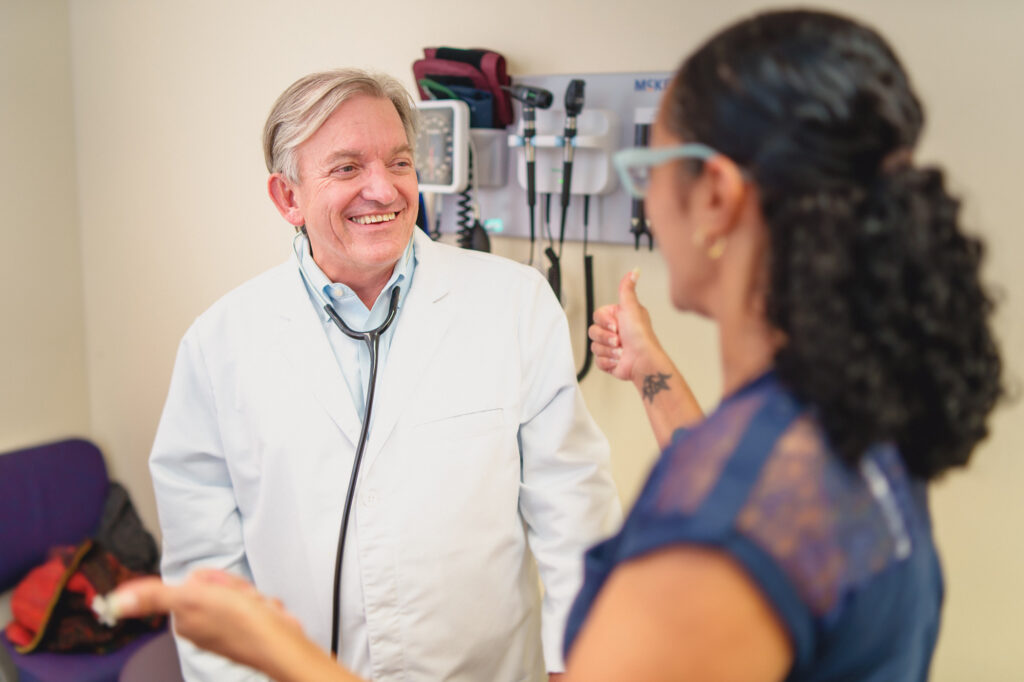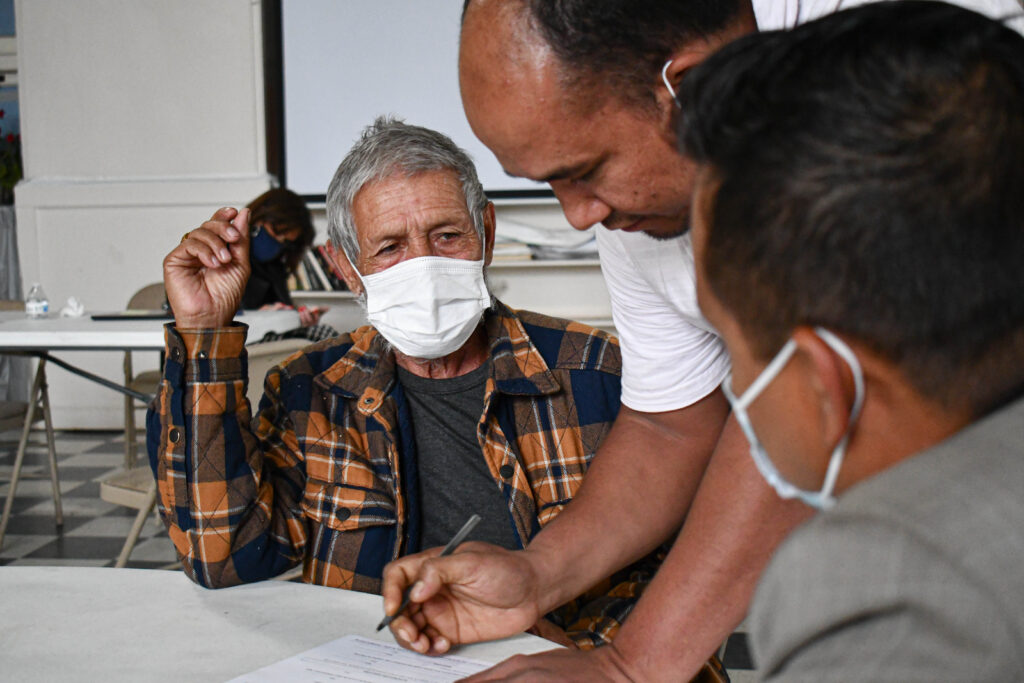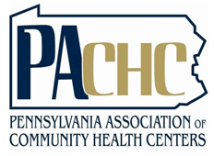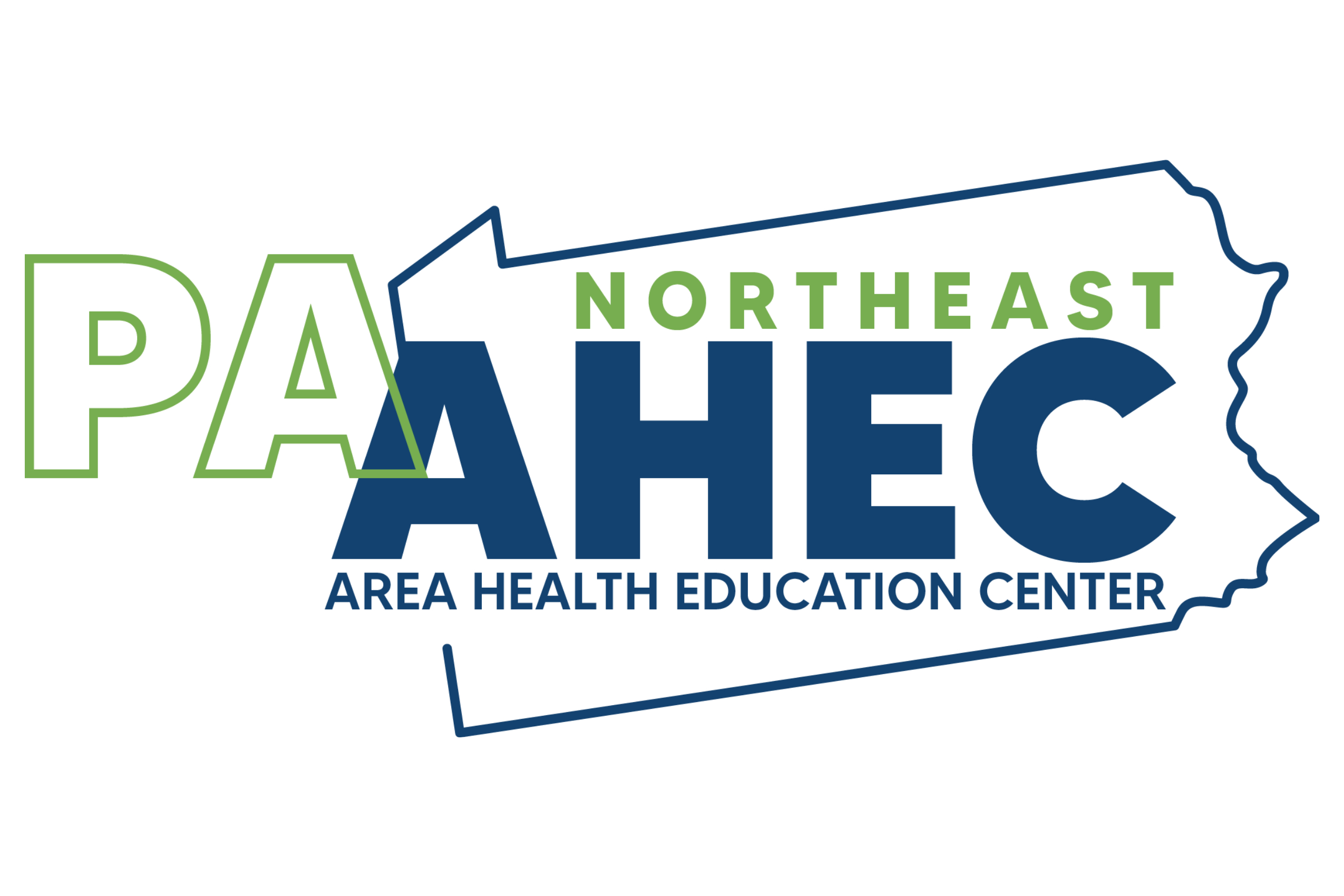What is a Community Health Center?

Community Health Centers offer affordable, safety-net health care services and are the largest providers of primary care to the nation’s most vulnerable and medically underserved populations. Prevalent in both urban and rural settings, Community Health Centers are located in regions with high poverty rates and/or low numbers of private or nonprofit health systems and hospitals.
As a Community Health Center, The Wright Center for Community Health falls under the national Federally Qualified Health Center umbrella as a Federally Qualified Health Center Look-Alike (FQLA). A hallmark of Community Health Centers and FQLAs is strong care coordination to deliver high-quality health care at a lower cost.
Please click here to learn more about how to run a great FQHC in Pennsylvania.
How do Community Health Centers operate?
The Wright Center for Community Health operates on a fundamentally patient-centric model. We drive a high level of care coordination and focus on care transitions for the vulnerable communities we serve.
We overcome geographic, cultural, linguistic, and other barriers to care by delivering coordinated and comprehensive primary and preventive services. This care reduces health disparities by emphasizing care management of patients with multiple health care needs and the use of key quality improvement practices, including health information technology.

Who do Community Health Centers serve?
The Wright Center is a community-based organization that offers essential primary and preventive care services to populations with limited access to health care. Services available range from basic doctor’s visits, immunizations, health screenings, dental, behavioral health, and recovery services.
Nationally, Community Health Centers annually care for 16 million people at more than 6,000 locations. Of those served at health centers, 71% are below 100% of the federal poverty guidelines, and 92% are below 200%. About 40% are uninsured while 35% are enrolled in Medicaid or Children’s Health Insurance Program (CHIP). In addition, 60% percent are Hispanic, African-American, or Native American and 35% are under the age of 20.
Funding for health centers comes from a variety of public and private sources. According to the National Association of Community Health Centers, health centers receive half of their funds from state and local sources, including Medicaid and, to a small extent, CHIP. The remainder comes from private insurance, Medicare, and patients themselves.








